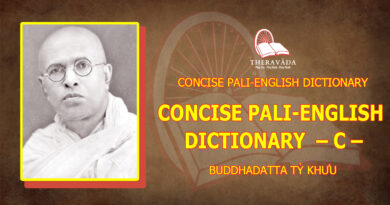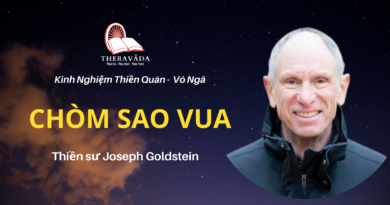BEGINNINGS: THE PALI SUTTAS – PART IX: CONCLUSIONS
BEGINNINGS: THE PALI SUTTAS – PART IX: CONCLUSIONS
With the closing of the Second Council we have no further Canonical information regarding the history of the Suttas. Gleanings from later texts inform us that a Third Council was held in the time of King Asoka, at which meeting the rift which had opened up more than a century earlier, with the Second Council, now widened and variant forms of doctrine began to emerge which eventually formed what is now known as Mahayana. The four Nikayas were left unchanged while the Khuddaka Nikaya was cast essentially into the form in which we now have it. (A few of the very late additions to this collection — notably the Buddhavamsa — appear to have undergone slight further editing, perhaps at the Fourth Council. On this, see Adikaram’s lucid, though technical, Early History of Buddhism in Ceylon (Gunasena, Colombo, 1946), p. 35.). Also, missions were sent to many countries and the Teaching was successfully transplanted in all directions. Of particular note, the Order was established in Ceylon from whence came many of the later reports and which became the center for study, preservation and practice of the Pali Suttas for many centuries.
About 450 years after the Buddha a famine struck Ceylon. For twelve years food was so scarce that the Order of monks was almost decimated partly, we are told, due to some of the laity turning to cannibalism. Some of the Suttas were in danger of being lost. Monks who were too weak to stand rehearsed the texts where they lay. When at last the famine ended, it was realized that the texts needed to be put into writing for their greater protection.[47] Not only the famine but — according to Adikeram (op. cit., p. 79) — the danger of frequent invasions from South India, the entry into the Order of irresponsible and irreligious people (on which point see Mahavamsa 33,101), and the fickle favour of kings also played a part in this decision. Accordingly, a Fourth Council was convened, wherein this was accomplished.
In the centuries after this Council the texts continued to be preserved as much by recital as by manuscript, for making even one handwritten copy of the five Nikayas, of the Vinaya, and of all the material that had evolved and survived alongside them, the Abhidhamma, the Commentaries, the Chronicles, and so forth, would have been a labour of many years and then the manuscript had to be preserved against the manifold dangers of destruction. But by this time the Suttas were firmly embedded in the minds of those who learned them as being sacred and unalterable by as much as a single syllable.
The dangers we have seen to be inherent in an open Canon were long since past. It was no longer possible for additional material to be added to the texts. There still remained the dangers of accidental alteration (copyists’ errors, etc: see previous footnote) and of loss due to the disappearance of companies and sometimes the decline of the Order. We need not discuss these in any detail. We know what variations exist in manuscripts that were separated from each other by thousands of miles and hundreds of years, and we are confident that these differences are not significant. Although we cannot assert definitely that no material was lost, at most only a small amount could have disappeared without our knowing of it through the various records that were made relating to the texts, some of which, such as the Asokan edicts were engraved in stone. We can accept that the texts survived, at least for the most part, and with no more than insignificant changes, to the present, weathering various worldly vicissitudes which we need not trace; for we have now explored the origin of the Suttas and discovered how it is that these Suttas which we have today can be reliably regarded as being the actual Teaching of Gotama Buddha.









